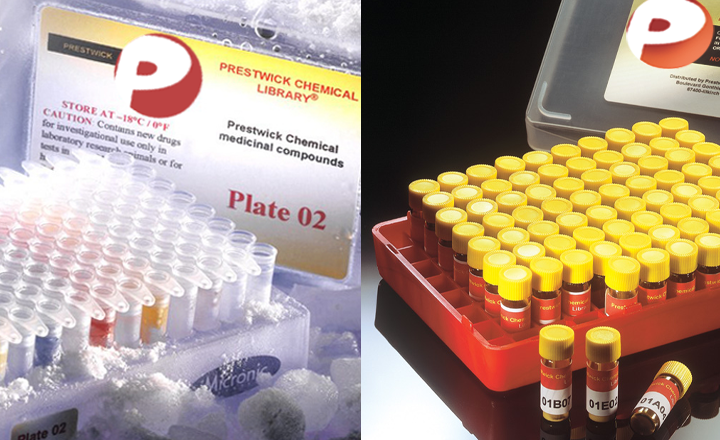Caenorhabditis elegans as a chemical screening tool for the study of neuromuscular disorders. Manual and semi-automated methods
Giacomotto J, S??galat L, Carre-Pierrat M, Gieseler K
Methods - vol. 56 103-113 (2012)
Methods
We previously reported the use of the cheap and fast-growing nematode Caenorhabditis elegans to search for molecules, which reduce muscle degeneration in a model for Duchenne Muscular Dystrophy (DMD). We showed that Prednisone, a steroid that is generally prescribed as a palliative treatment to DMD patients, also reduced muscle degeneration in the C. elegans DMD model. We further showed that this strategy could lead to the discovery of new and unsuspected small molecules, which have been further validated in a mammalian model of DMD, i.e. the mdx mouse model. These proof-of-principles demonstrate that C. elegans can serve as a screening tool to search for drugs against neuromuscular disorders. Here, we report and discuss two methodologies used to screen chemical libraries for drugs against muscle disorders in C. elegans. We first describe a manual method used to find drugs against DMD. We further present a semi-automated method, which is currently in use for the search of drugs against the Schwartz-Jampel Syndrome (SJS). Both assays are simple to implement and can be readily transposed and/or adapted to screens against other muscle/neuromuscular diseases, which can be modeled in the worm.Finally we discuss, with respect to our experience and knowledge, the different parameters that have to be taken into account before choosing one or the other method. ?? 2011 Elsevier Inc..


